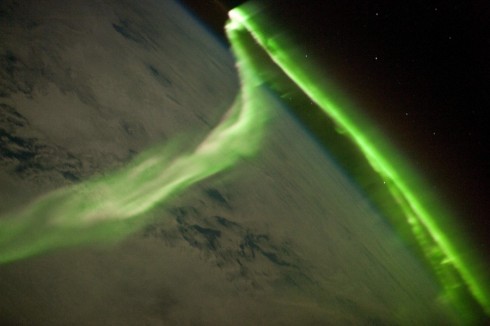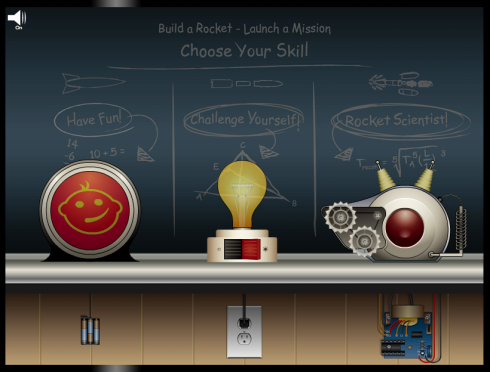Because the Moon rotates at the same rate as it orbits the Earth:
Tag: space
In Space Without a Spacesuit? 90 Seconds in the Vacuum
10 seconds of consciousness, and 90 seconds for “minimal permanent injury”. Andrew Tarantola summarizes the actual science of What Really Happens When You Get Sucked Out of an Airlock.
Some degree of consciousness will probably be retained for 9 to 11 seconds (see chapter 2 under Hypoxia). In rapid sequence thereafter, paralysis will be followed by generalized convulsions and paralysis once again. During this time, water vapor will form rapidly in the soft tissues and somewhat less rapidly in the venous blood. This evolution of water vapor will cause marked swelling of the body to perhaps twice its normal volume unless it is restrained by a pressure suit.
— Parker and West (1973): Bioastronautics Data Book: Second Edition. NASA SP-3006.
This is a question I occasionally get from students, so it’s good know where to find the studies, even though much of the evidence comes from accidents that happened to astronauts and cosmonauts.
When Galaxies Collide
2 billion years from now, the Milky Way will collide with the Andromeda Galaxy. This video from NASA shows a simulation (it also talks about star formation and the creation of the elements during intergalactic collisions).
NASA’s Build a Mission Game
Landing the Mars Rover: 7 Minutes of Terror
NASA gets dramatic. But the drama is oh so appropriate when you see what they have to do to land a rover on Mars. There are so many steps to the landing — heat shields, atmospheric friction, parachute, rockets — that it’ll be amazing if it works, and the video is a wonderful “strike the imagination” introduction to the physics of forces.
How to Watch a Meteor Shower

Space.com has an excellent guide about the best way to observe meteor showers; dress warm; after midnight; be patient). The Lyrid meteor shower is on this week.
To take good photos of a shower you’ll need to do long exposures or get lucky. Details on the photo above here.
What Astrobiologists Do
This wonderful image explores how different groups of people see (and think about) astrobiology.

Solar Flare
Just in time for our physics test — on electromagnetism — the Sun has had a Coronal Mass Ejection of charged particles that is heading toward the Earth.
[The Coronal Mass Ejection] is moving at almost 1,400 miles per second, and could reach Earth’s magnetosphere – the magnetic envelope that surrounds Earth — as early as tomorrow, Jan 24 at 9 AM ET (plus or minus 7 hours). This has the potential to provide good auroral displays, possibly at lower latitudes than normal.
— Fox, 2012: M8.7 Solar Flare and Earth Directed CME from NASA.

A Coronal Mass Ejection has about 100 billion tons of electrons, protons and other particles (NASA Cosmicopia, 2011), usually ionized, that would bombard the Earth and the atmosphere if we weren’t protected by the Earth’s magnetic field.
Most of the ions are deflected around the Earth but some get focused down toward the poles. At the poles, these ions hit nitrogen and oxygen molecules (that make up 98% of the atmosphere), exciting many of them. Excited atoms and molecules give off light. The light shows created are called the auroras.

I like the second video they post because, at the end, there is a splatter of interference from all the charged particles affecting the detector.
